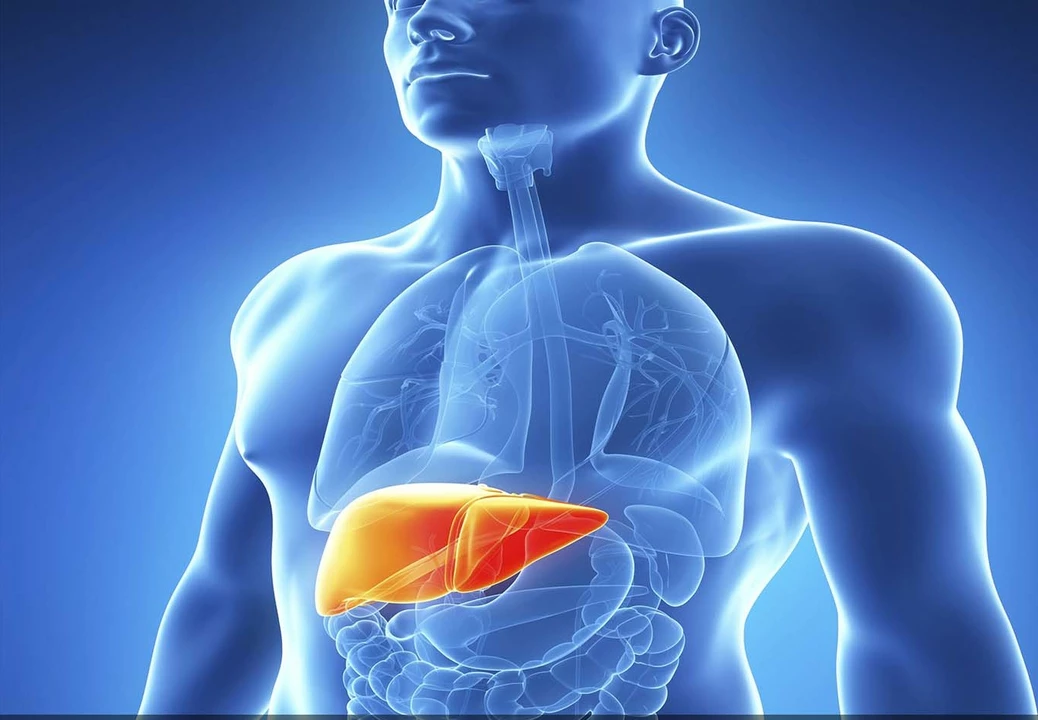Pancreas: What It Does and Why You Should Notice Changes
Your pancreas quietly helps digest food and control blood sugar. When it works, you hardly notice it. When it doesn't, symptoms can be sudden and serious — from sharp belly pain to new diabetes. This page explains common pancreas problems, what tests doctors use, and straight-up steps you can take today to protect your digestion and blood sugar.
Common pancreas problems and symptoms
Acute pancreatitis shows up fast: intense pain in the upper belly that often radiates to the back, nausea, vomiting, and fever. It usually needs a hospital visit for fluids and pain control. Chronic pancreatitis is long-term and causes recurring pain, weight loss, oily stools, and trouble digesting fats because the gland stops making enough enzymes.
Pancreatic cancer often starts with vague signs: unexplained weight loss, new-onset diabetes, loss of appetite, or painless jaundice (yellow skin and eyes). Because those signs can be subtle, talk to your doctor if you notice a pattern of unexplained symptoms, especially if you’re over 50 or have risk factors like smoking, heavy alcohol use, or a family history.
Practical steps: tests, treatment, and daily care
If a doctor suspects a pancreas problem, they’ll usually start with blood tests (amylase and lipase are common for pancreatitis; glucose tests for diabetes). Imaging helps confirm the diagnosis: abdominal ultrasound, CT scan, or MRI. For more detail, doctors may use MRCP or endoscopic ultrasound (EUS). For suspected cancer, CT plus EUS and sometimes biopsy are typical; CA19-9 is a tumor marker that can help but isn’t definitive.
Treatment depends on the issue. For acute pancreatitis, hospitals give IV fluids, pain relief, and sometimes antibiotics or ERCP if a gallstone is blocking the bile duct. Chronic pancreatitis care focuses on pain control, replacing pancreatic enzymes with prescription enzyme capsules taken with meals, and treating malnutrition. Pancreatic cancer treatment may include surgery (Whipple procedure if the tumor is operable), chemotherapy, and radiation — decisions are based on stage and overall health.
There’s a lot you can do at home to reduce risks and ease symptoms: stop smoking, limit alcohol, keep triglycerides and weight in a healthy range, and eat smaller, low-fat meals if fats trigger pain. If you have enzyme replacement, take the capsules exactly with food. For blood sugar problems, monitor glucose regularly and work with your clinician on medications or insulin if needed.
Call your doctor or go to the ER for severe abdominal pain, persistent vomiting, high fever, fainting, or sudden jaundice. For ongoing problems like weight loss, greasy stools, or new diabetes, book a clinic visit — early assessment makes treatments more effective and keeps small issues from becoming emergencies.
Pay attention to patterns: a one-time stomach ache is different from repeated attacks, weight loss, or worsening digestion. If something about your belly or blood sugar feels off, speak up — the pancreas responds better when problems are caught early.

